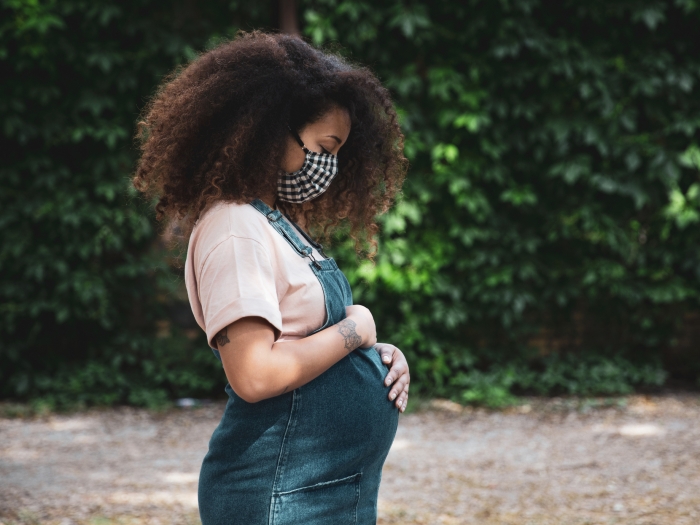
Transmission risks for COVID-19 and other respiratory diseases rise during labor with patients’ heavier breathing, according to a study released today by a UCLA-led research team which recommends that all health care providers in the labor and delivery room have access to proper personal protective equipment.
Not all seemingly high-risk procedures require that health care providers have access to PPE, including N95 masks. Vaginal delivery, for example, is not currently considered a high-risk or aerosol-generating
procedure by the World Health Organization and Centers for Disease Control and
Prevention. N95 masks are not currently recommended for health care workers in all labor and delivery health care settings.
Related:Nearly 3,000 LAPD Employees Seek Exemptions to Vaccine Mandate
The study — published in Obstetrics & Gynecology involving faculty at UCLA Health’s Department of Obstetrics and Gynecology and the Department of Mechanical and Aerospace Engineering in the UCLA Samueli School of Engineering – – is the first to show data describing respiratory emissions during labor and delivery and how those emissions can travel faster and potentially farther than
even a simple cough.
“The research shows how quickly and far the respiratory particles produced during labor and delivery can travel,” said Dr. Rashmi Rao, an assistant clinical professor of obstetrics-gynecology at the David Geffen School of Medicine at UCLA and corresponding author of the study. “In the next
stage of research, we want to demonstrate that aerosols, which are infectious viral particles that can float or drift around in the air, are in fact present in these respiratory emissions.”
Related: LAUSD Board Votes To Require COVID-19 Vaccination for Students Over 12







